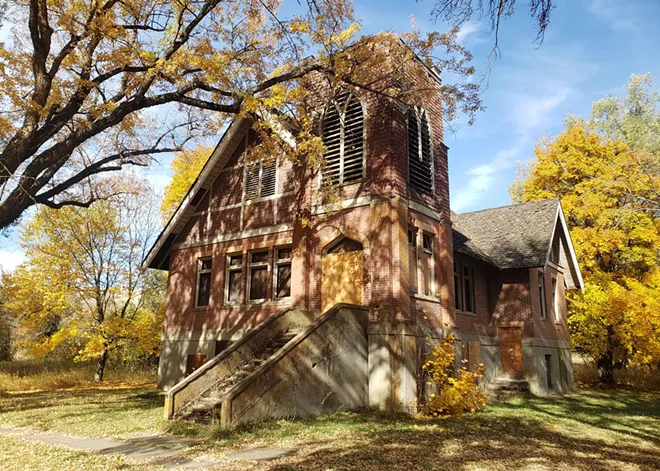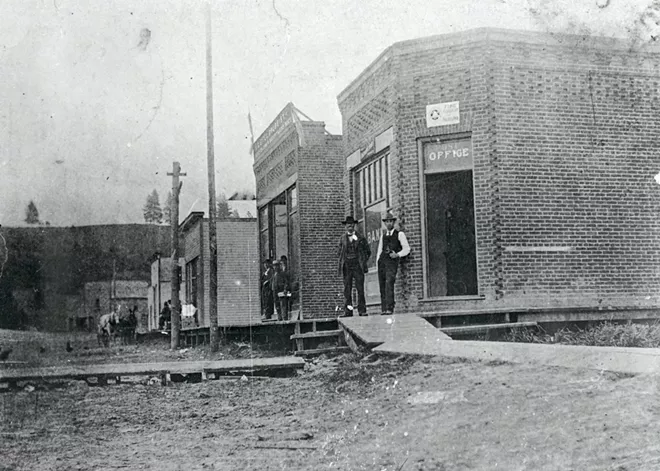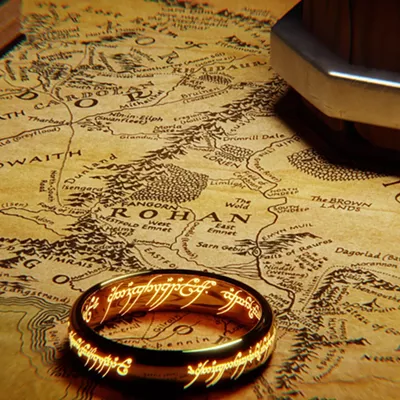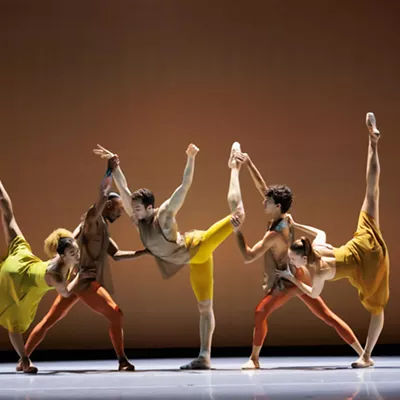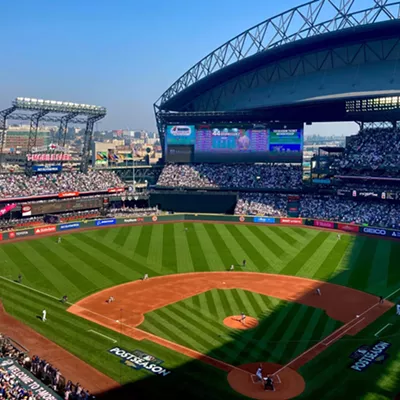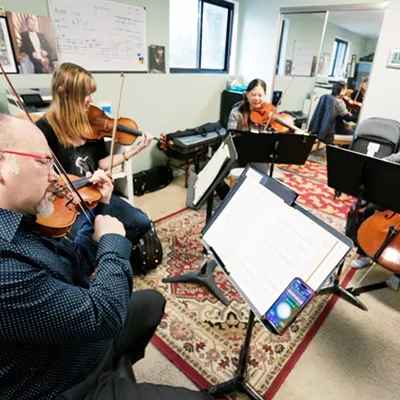I don't realize it until I'm standing at the base of the steps of the United Brethren Church in Elberton, but I've made the hourlong drive from Spokane to the Whitman County ghost town on a Sunday.
I can't help then but visualize what an average Sunday would have looked like in the town's heyday. I picture children running around the church grounds, full of energy after sitting through a service. Maybe they jumped on the crunchy yellow leaves or, in summer, perhaps they slipped off their church shoes before dipping their toes in the nearby Palouse River.
The adults likely mingled after service, perhaps discussing the three-day Elberton Picnic, which was held annually from 1893 to 1924. The event was said to rival county fairs and featured "dancing, horse racing, balloon ascension, baseball playing and outdoor sports of various kinds," according to "The History of Elberton" by Weiber Leid and Guy Irwin, included in the 1957 book The History of Colfax, Washington by Taber Lafollette.
I think about the sermons shared, the songs sung, the prayers whispered in the church week after week while walking around the building, which also doubled as the town's school. Were the windows not all boarded up, I wouldn't have been surprised if people started leaving the still-sturdy building as I wander around.
Prior to the town's existence, the site of what would become Elberton was already known to those in the area because of the water-powered sawmill built by Giles D. Wilbur in the 1870s.
The following decade saw a rail line through the valley built by the Oregon Railway and Navigation Co., which connected the area to Portland, Spokane, Walla Walla and Coeur d'Alene. Some time after the rail line's completion, the future town site was acquired from the government by a man named C.D. Wilbur. The land eventually ended up in the hands of S.M. Wait, who named the town after his deceased son, Elbert, in 1886.
Wait surveyed the town into streets and lots, and, according to Leid and Irwin's account, "before long a village sprung up... near the spot where the bones of deceased aborigones [sic] were wont to be laid to rest."
By the 1890s, fruit trees were planted in Elberton as a major crop source. A fruit drier belonging to W.K. Allen — at the time it was believed to be the largest of its kind in the world, able to handle 1,800 bushels per day — brought more interest to the town.
Established: 1886
Disincorporated: 1966
Location: Whitman County, Washington
Distance from Spokane: 58 miles; 1 hour
Structures remaining: United Brethren Church and a trestle bridge.
At its peak, Elberton included the United Brethren Church, two general merchandise stores, a drug store, hardware store, two blacksmith shops, a wagon shop, meat market, hotel and bar, two livery stables, a flouring mill and post office. By the new century, more than 400 people called the town home.
In the following years, however, Elberton started to decline. Wilbur's sawmill moved to Idaho after all the nearby timber was cut. The city experienced a fire in 1908 and severe flooding in 1910.
The 1929 stock market crash and the Great Depression put two more nails in the town's coffin, and Elberton was practically a ghost town in the 1950s. Its remaining residents voted to disincorporate in 1966, and, as of 2022, it's said about 15 people still live in the area.
Just past the old church, a trail leads to an abandoned train trestle that traverses the river. I'm sure more than a few brave souls have crept over the rotting logs to the other side, but standing at its edge, still firmly supported by solid ground, is enough for me.
It's a peaceful place, and with the sun shining and the river flowing, it's easy to see why people were attracted to Elberton.
As Leid and Irwin wrote, "Its location is beautiful and picturesque, it being surrounded by gently sloping hills, covered originally in pine and fir trees, giving it a peculiar charm." ♦

